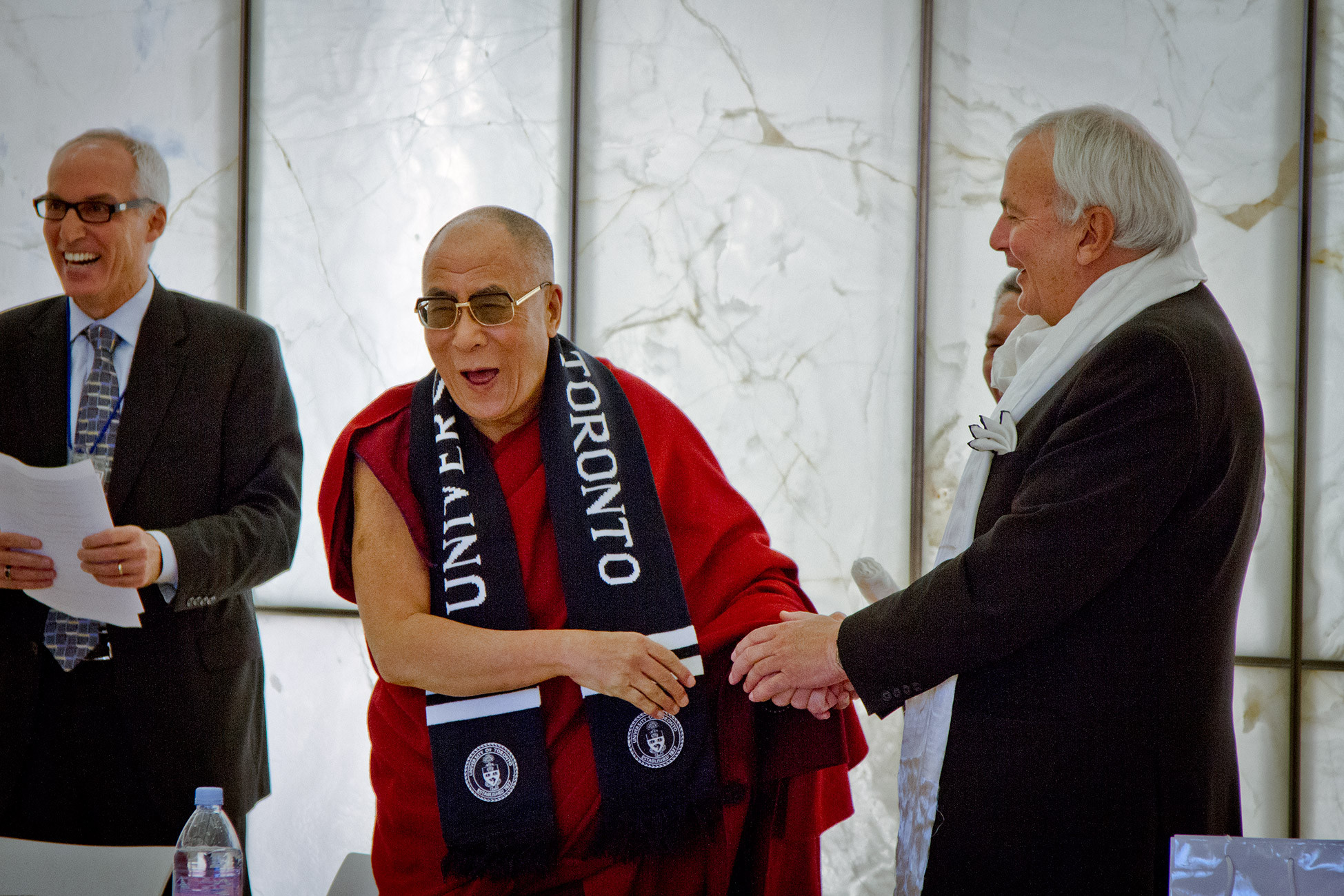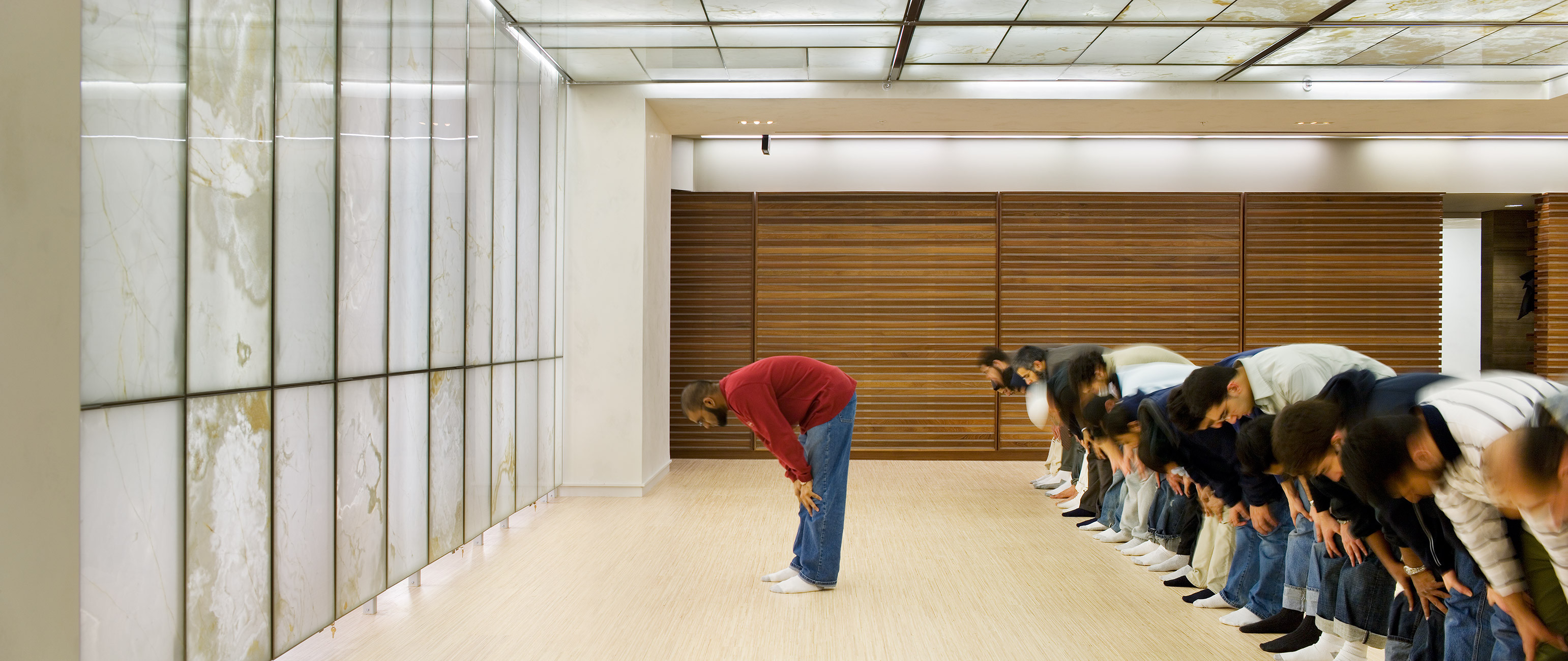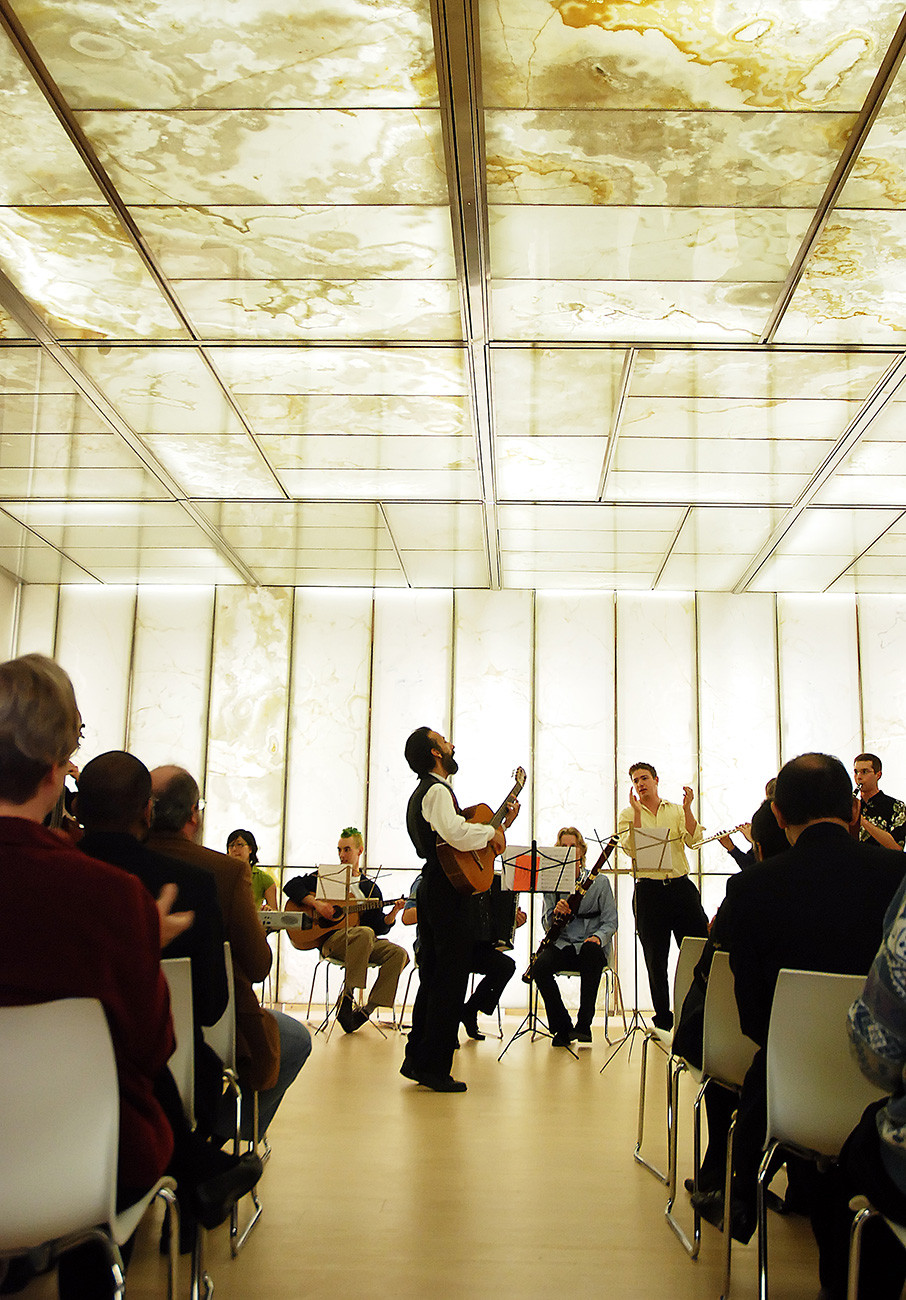
The architectural expression of light is the central feature of the space, made possible by translucent white onyx backlit walls and ceiling.


Avoiding icons and symbolism, ‘light’ (spiritual and metaphysical) emerged as common to all faiths.


Previous — Waterloo Region Museum

